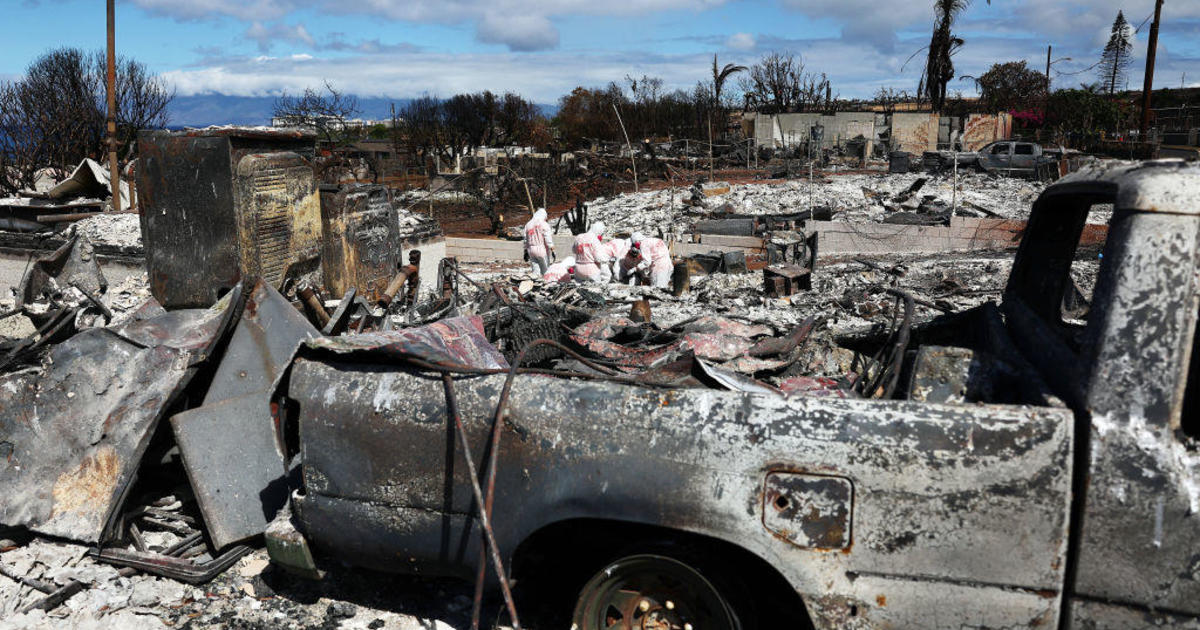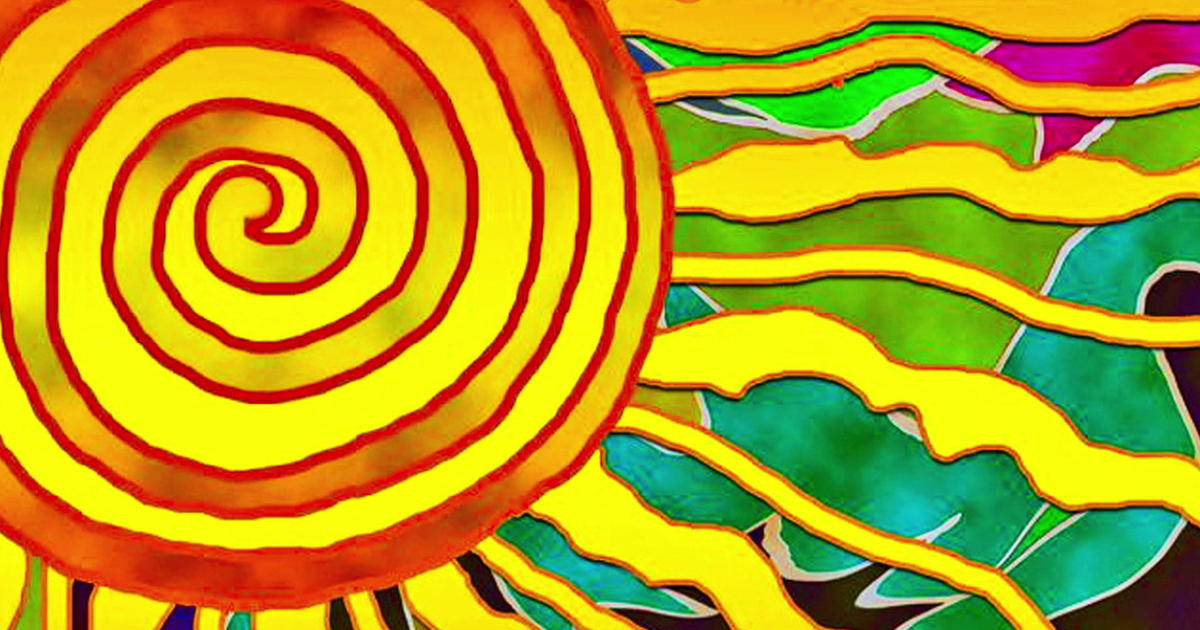One year after Hawaii's Kilauea volcano erupted, residents are still "tense"
Hawaii is marking the first anniversary of one of the largest and most destructive volcanic eruptions in its history. Lava flowed from the Kilauea Volcano for months, wiping out more than 700 homes on the Big Island. The eruption produced enough lava to cover a two-lane highway stretching from Boston to Seattle – and it would be more than 70 feet high.
The molten rock that consumed much of Leilani Estates covers almost 14 square miles and at some points it is 100 feet thick. The lava has long hardened but, as CBS News' Carter Evans learned, the disaster has also hardened the resolve of the people living there.
For four months, the eruption of Hawaii's Kilauea volcano offered a spectacular combination of beauty and destruction. The most hard-hit neighborhood was Leilani Estates, where resident Stacy Welch watched lava from fissure 8 pour onto her property. At one point it fountained lava about 250 feet in the air.
Fissure 8 was one of the most active of 24 lava-filled cracks in the ground. That's where Evans spoke to Heath Dalton last year, whose home was also destroyed. Dalton is unsure what he'll do with his land.
"We have an ocean view now, so that's a plus," Dalton said. "It is what it is. You can't dwell on it. I mean it's been a year, you've got to move on."
But "moving on" has been a challenge. A year later, huge portions of once-green land remain a sea of black. When you look down from the sky on Leilani Estates, it's eerie. You can still see steam vents along the rift zone even coming up between homes.
Some 3,000 people were impacted and officials are still trying to determine how many will rebuild. Many major roads remain closed despite complaints from residents. From the air, you can see the plea to open Highway 132. Along the coast, tide pools are now filled with solid rock, part of the nearly 900-acres of new land formed as lava hit the ocean.
The rivers of molten rock left canyon-sized scars on the land and while Hawaii Volcanoes National Park has re-opened, geologists say Kilauea is still a very active volcano. Janet Babb of the U.S. Geological Service said we'll "definitely" see lava again.
"Our best estimate is that lava could return to the summit in a matter of months to years, and then could return to one of the rift zones in a matter of years to decades," Babb said.
Stacy Welch's home was spared this time, but she knows the danger is ever-present.
"It's tense. It's beautiful. It's sad," she said of what it's like to live under that threat. "Everyone behind me is gone … it's really in your heart that you are so lucky, when you realize, everything, every memory, every blade of grass that they had is gone."
Tourism is the biggest industry in Hawaii and that's been hard-hit by Kilauea as well. Both the number of visitors and visitor spending have seen double-digit declines in the past year.



